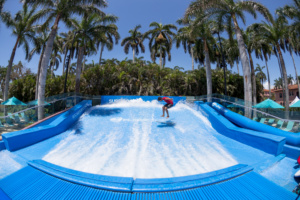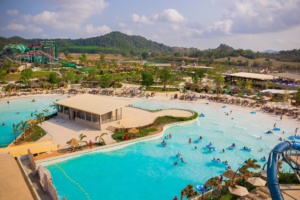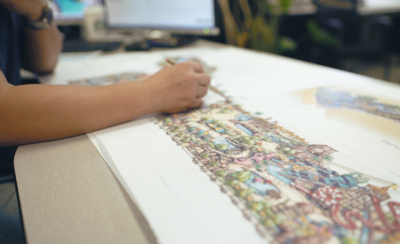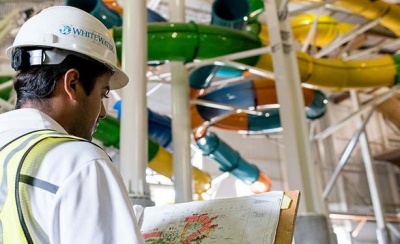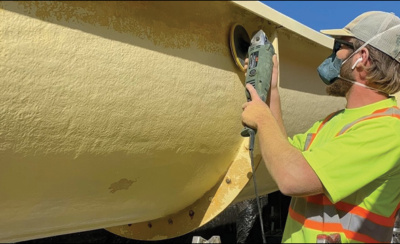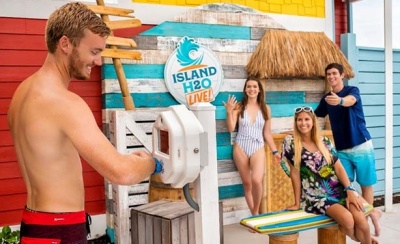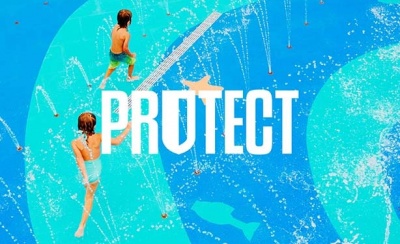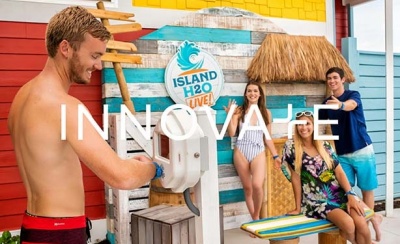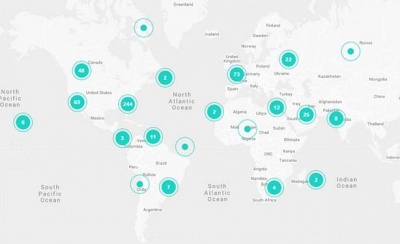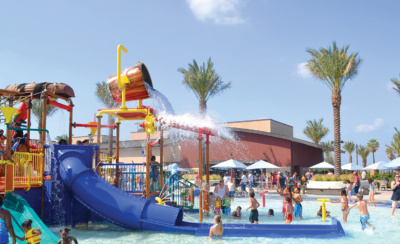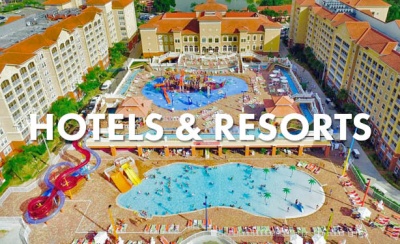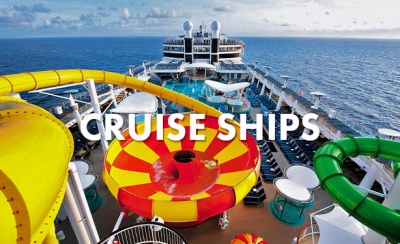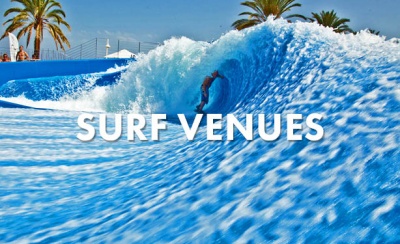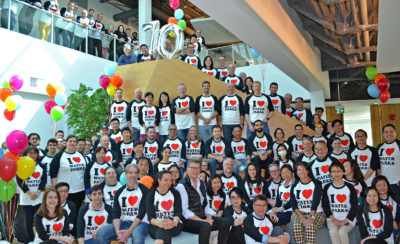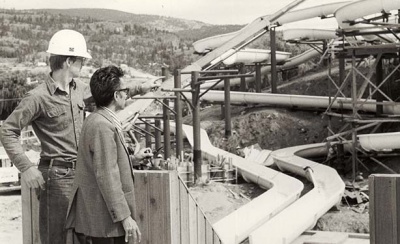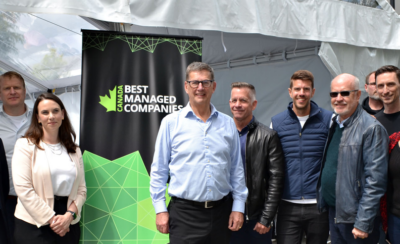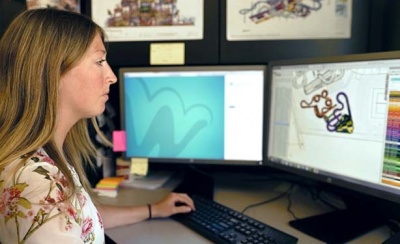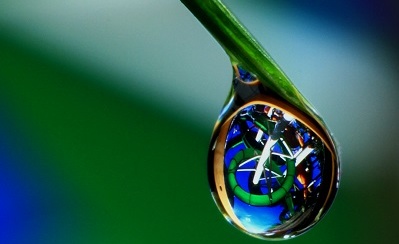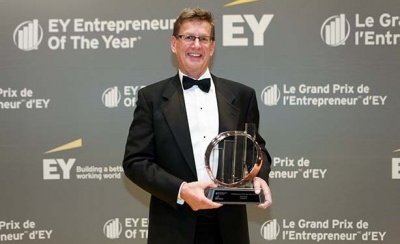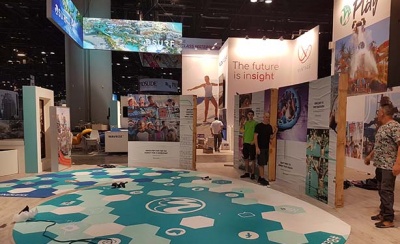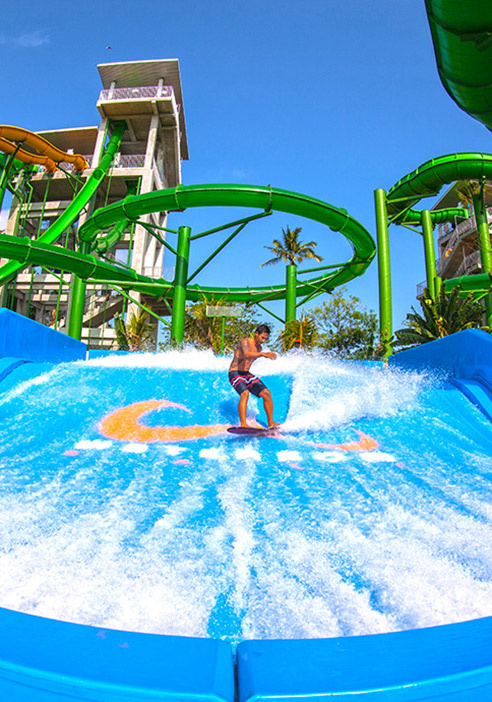
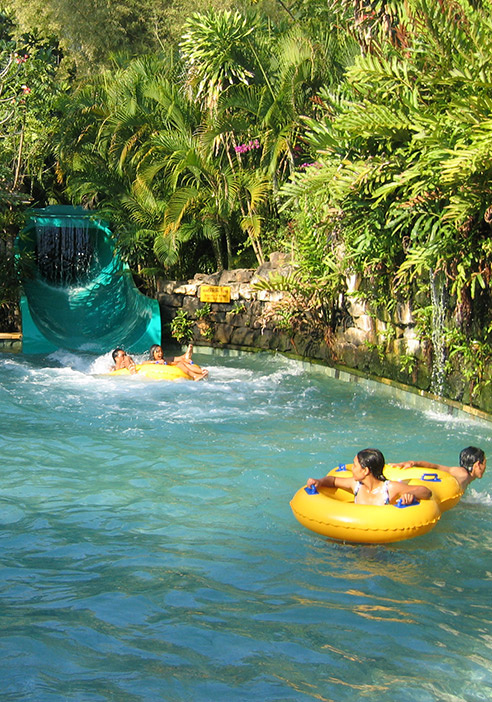
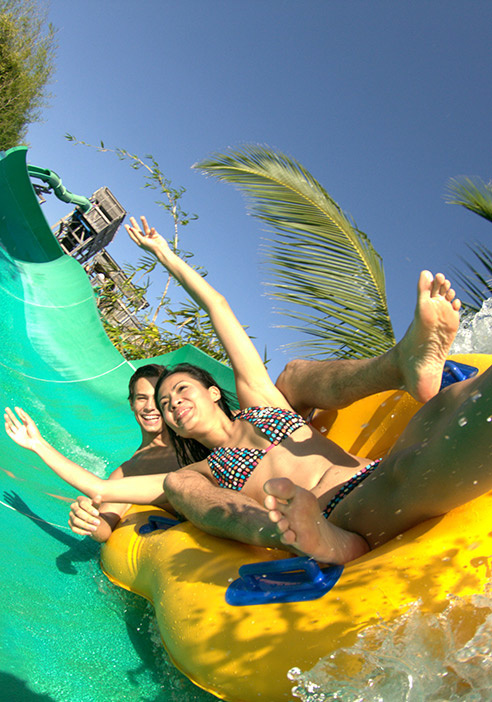
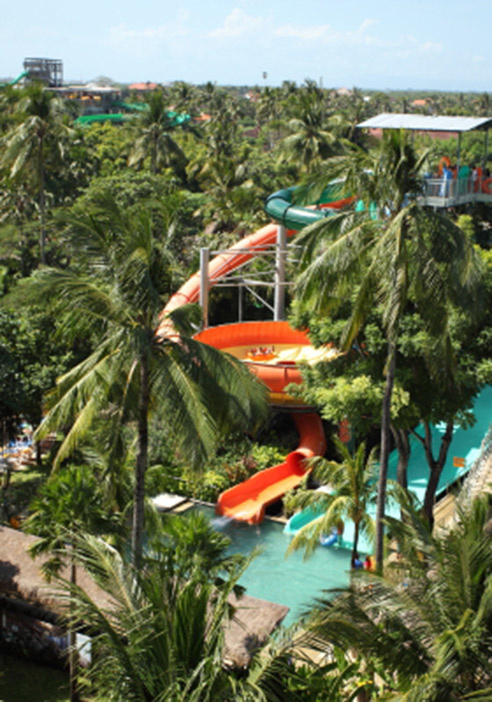
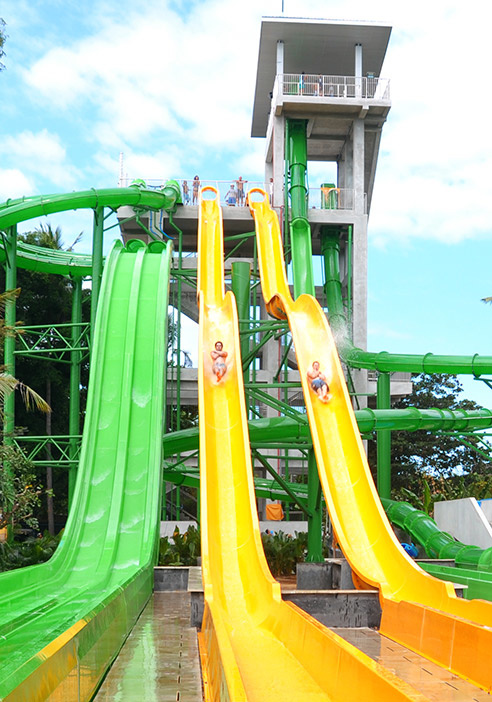
Waterbom Bali – the Heart of Sustainability
Nestled in the heart of Southeast Asia lies the picturesque island of Bali, a beautiful tropical island steeped in centuries-old culture and mythology. Balinese culture and art are deeply treasured here, and its people are fiercely protective of their heritage, which includes the lush, tropical rainforests that surround its towns.
This reverence for nature was taken to heart by the Waterbom Bali team, which is what makes this destination truly special. Going far beyond thrills and excitement, their revolutionary vision of creating and running a water park that’s both fun and environmentally-friendly, means they’ve managed to combine excitement with conservation.
When Waterbom Bali was built over 25 years ago, the idea was to build a park that’s part of the jungle—there is no theming to be seen here, instead, everything is preserved from nature in its original form. As a result of the team’s commitment, the park has clinched the top spot on TripAvisor’s Traveller’s Choice Awards for Top 10 Water Parks in Asia and number two in the world for four years running.
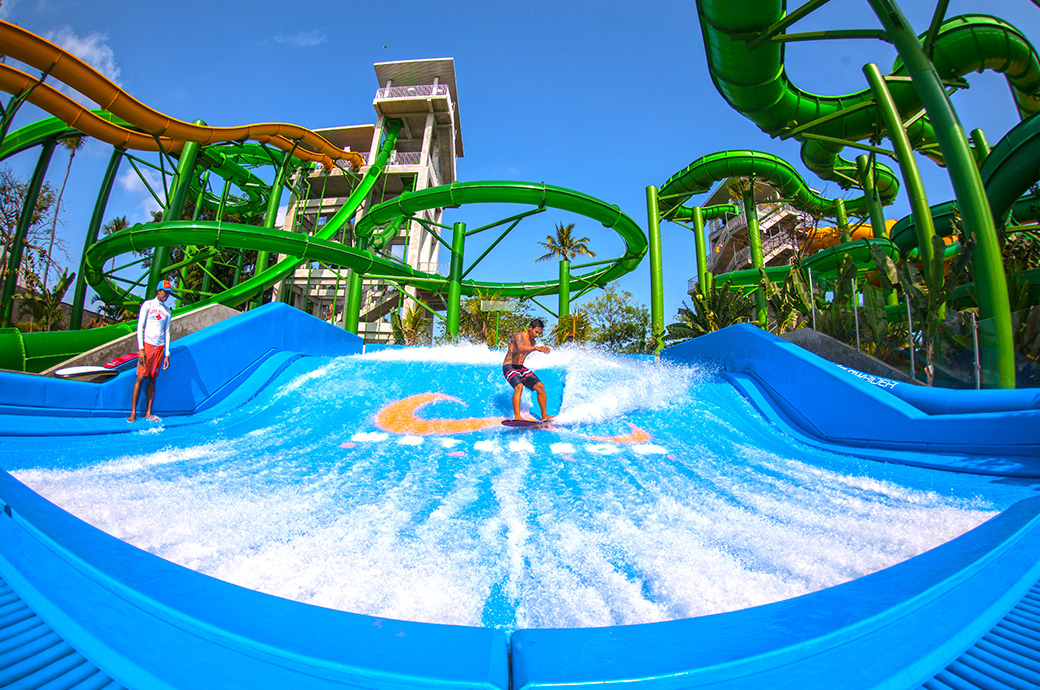
A carbon-neutral park
Today, after years of planning and measuring their achievements by benchmarking themselves against records from previous years, Waterbom Bali is able to compost 66% of its monthly 18.6 tons of organic materials on site. This compost is then used in the park’s botanical gardens, a carefully landscaped sanctuary of gardens and water systems. 50% of the park is green space, and the gardens are home to a number of endangered native species and a high diversity of native flora.
This year, they’re setting a jaw-dropping goal of a 100% composting rate, effectively cutting organic waste altogether. The park also recycles 65% of its dry non-organic waste, with targets of 80% this year and 90% next year. Their ultimate goal is to reach a 100% recycling rate, becoming a zero waste to landfill operation.
Waterbom Bali has realized that monitoring is a huge key to measuring conservation effectiveness in addition to identifying opportunities to further explore technological and innovative solutions. The management team has annual reference points of resource consumption, waste production, and overall environmental performance indicators that are being improved on a continuous basis. By consistently working to implement initiatives to improve the sustainability of their operations, the park became the first tourism operation in Bali to officially become carbon neutral through a Certified Emissions Reduction Project approved by the United Nations Framework Convention on Climate Change.
A lesson in energy saving
Waterbom Bali has been investing in energy saving initiatives by building power infrastructure upgrades to minimize system inefficiencies and heat losses, managing pump and filtration times, converting all lighting to LEDs, restricting the use of air conditioners, and setting temperature ranges to reduce energy requirements.
A water park that conserves water
As a water park, Waterbom Bali has worked for many years to implement programs that help conserve water.
The park has timed flow rate taps throughout—built on a closed-circuit system—that recycles water for irrigation use in its gardens, and employs an extensive drainage system that acts as a recharge well, channeling rain back into the water table instead of washing away.
The financial payback
According to them, 90% of the visitors to the park are foreign tourists, and they consistently give great feedback on how well-sourced and sustainable their food and beverage products are and how engaged they are with local communities. The number of guests that visit Waterbom Bali grows year by year because they appreciate how environmentally-friendly and sustainable the park is.
Sustaining the environment
As the world’s population rapidly grows, humanity has come up with technological advances and ingenious ways to sustain the environment. While parks around the world start to look to conservation as part of their key strategy, WhiteWater has similarly been innovating on our technology to help create more water and energy efficient attractions. To learn how, read the brochure here.
We believe that every one of us has a responsibility towards the environment—to nurture the wealth that Mother Nature has conferred upon us, and what better way to do it than to enable thousands of people to have fun in the process?

